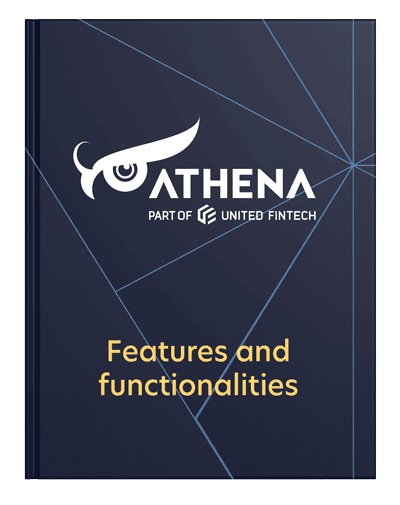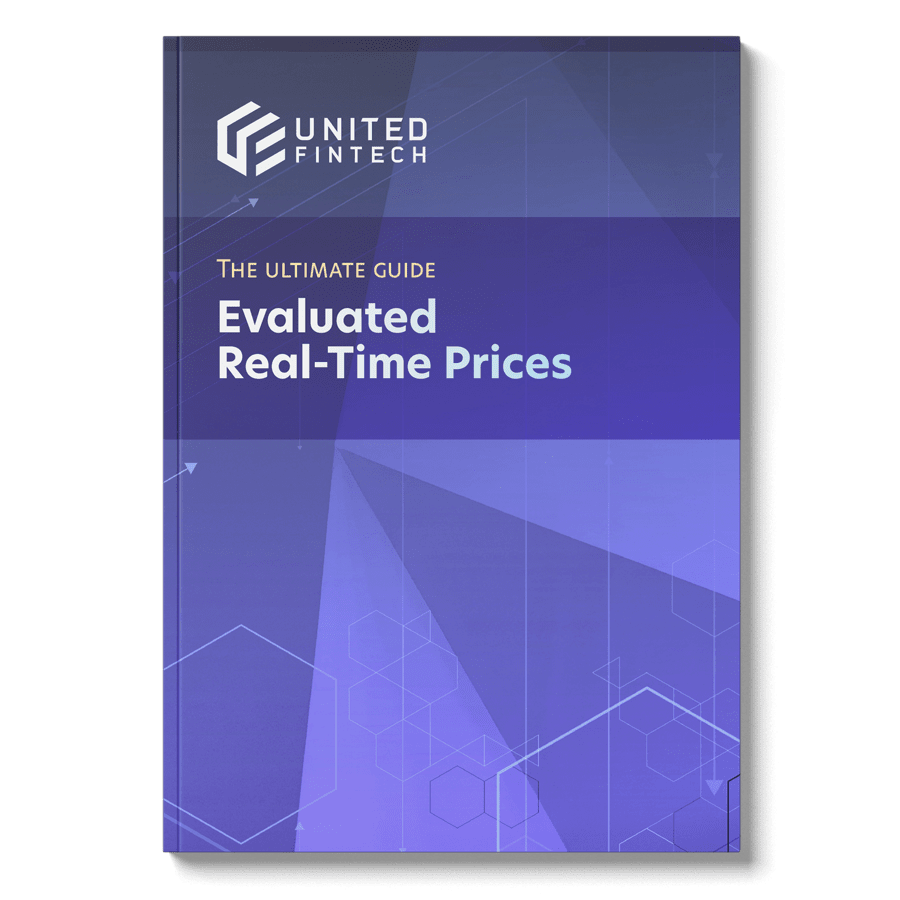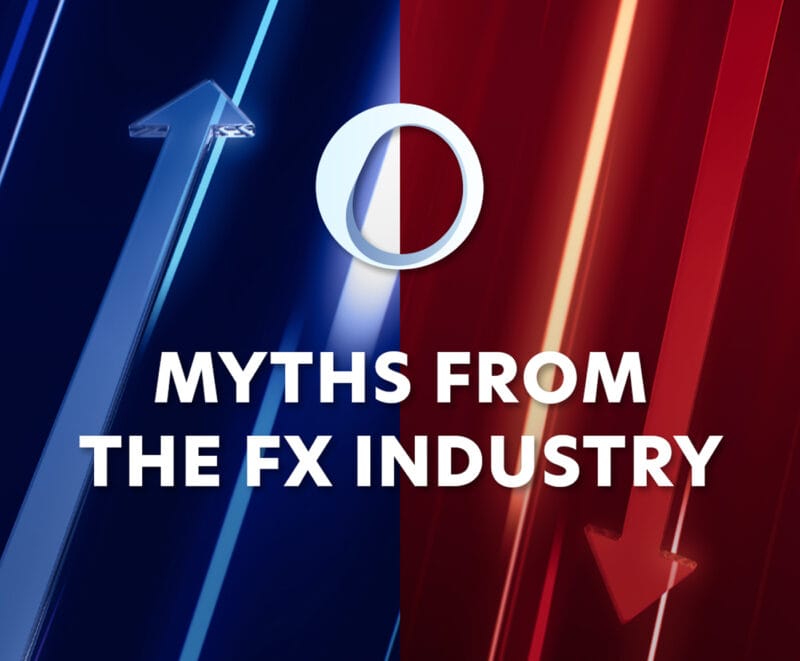In trading derivatives, pricing models are crucial for accurate valuations of options, and thus profitable trades. Simple value propositions in legacy trading are, for example, this stock costs so much and you’ll likely sell it for that much later.
Derivatives, on the other hand, are a level up in complexity. Pricing models are used with derivatives, because factors like volatility and the time constraint on the contract’s value, necessitate a more scientific approach to things.
Economic scientists Fischer Black, Robert Merton, and Myron Scholes in 1973 developed their pricing model, defining options trading by a series of inputs into a mathematical equation.
What is the Black-Scholes pricing model?
What is the Black-Scholes pricing model, by definition? The model is a mathematical equation that factors in key inputs to arrive at the likely value of an option at expiration. It’s a differential equation, but don’t be intimidated if that sounds Latin to you. As convoluted as it sounds, pricing models don’t ask mathematical savvy from you. They’re almost like smart contracts-the smarts are in-built-so you only need to enter the key inputs accurately for the model to do the heavy lifting.
The Black-Scholes model (aka the Black-Scholes-Merton (BSM) model) quickly became the mainstream model, sort of a founding father of modern pricing models that is still one of only two or three default models widely used today.
What’s in the Black-Scholes equation then? The model is built upon (or factors in) volatility, current asset prices, the anticipated dividends, the option contract’s strike price (what you’re going to pay for it), the expected prevailing interest rates, and lastly the time until expiration. On the rates input, higher interest rates typically translate into higher contract prices-you’ll pay more for the option.
Using the Black-Scholes Model
In a call (you’re buying) or a put option (you’re selling the underlying asset), you want to eliminate speculation and opportunism and be able to take a factual look at a legitimate value projection before buying in. Consider the fact that the higher the volatility is of the underlying asset upon which the option contract is based, the higher the likelihood it will be in the money at expiration. Or, that the longer you have to exercise the option, the higher the probability that you’ll cash out in the money at expiration.
Already, right there, you can start to see why tools of analysis become so essential. Think of it as standing in the middle of a field, while several people throw tennis balls at you. Without a tool to factor them all in and calculate your probabilities, sooner rather than later, you’re going to get hit.
The Black-Scholes pricing model is designed to factor that intel into a mathematical outcome. The model is largely accurate too, as each input is successfully considered by the model to arrive at that outcome.
The Black-Scholes Model makes certain assumptions:
- It states that the movement of markets can in no way be predicted i.e. the markets are completely random
- It assumes that you incur no transaction fees or other admin costs when buying the option
- And that no dividends are paid out, which they won’t be, because the model also assumes it’s a European contract-only payable at expiration, not before
- It also assumes that the asset’s volatility and risk-free rate are known at the time of buying the option, and that they’re constant for the duration of the contract
- It assumes that markets are devoid of arbitrage, because they’re efficient
- And that the price and returns on the asset underlying the option are distributed log-normally
Limitations of the Black-Scholes model
Are there limitations to the Black-Scholes model? The biggest complaint is that it’s inflexible, because once an input is in, it’s in. The model doesn’t allow for early dividends or stepped time lines in the process-it’s get in and hold on until you’re done. It thus deflates American expectations right out the gate, as American contracts can be traded before expiration-they don’t have to wait for the due date.
Also, you’ll notice some pretty hopeful assumptions built into the model, such as volatility that remains constant, as does the risk-free rate. It also assumes zero trading fees, other sundry costs, commissions, and taxes, and if ever you find that magnificent country, please do send everyone an invite!
The Black-Scholes model also struggles to value options that come with non-standard, irregular features. Nonetheless, it remains the most popular pricing model employed in the options arena. Its intrinsic value holds forth, to the present day.
It’s also been hybridized, where, for example, it’s employed with an adaptation that considers dividend payments prior to expiration. Such hybrids can accurately revise the expiration value, recalculating to allow for interim dividend payments.
Used extensively by traders, it’s also a crucial tool of the market makers. Option sellers will modify the model most usually to factor in the ramifications of options that will possibly be exercised before their expiration date. It’s an American solution to the original model’s inflexibility, if ever there was one.
The competition: Contextualizing the Black-Scholes model
The alternative to Black-Scholes is a binomial model. This kind of model fragments the time to expiration, calculating a number of intervals in the life of the contract.
With a binomial model, each step in the timeline predicts two outcomes, one where the price of the underlying asset moves up, and one where the price moves down. The amount which the price might move is calculated on the back of volatility and the remaining time to expiration.
Binomial models produce a theoretical depiction of all of the possible movements the stock price might make during the contract’s duration. It’s a slight difference in architecture, yet it allows for a slew of more dynamic considerations than the Black-Scholes model, and that’s something many traders favor.
From the above details, it can be seen that options demand far more intricate calculations to successfully trade than a traditional and comparatively simple stock purchase. Today, such intricacy is resolved for traders by online options calculators, which are plentiful nowadays. The Black-Scholes option formula is either usually the basis for such calculators, or pretty much is the calculator.
Derivatives have gotten some bad press over the preceding decade, and they can be risky, notwithstanding the fact that they originally evolved as a tool to hedge against risk. If employed correctly, however, they expose you to less risk than actually owning the underlying asset itself, while also paying higher dividends, thanks to the use of leverage.
For novices to the options arena, the Black-Scholes model will eliminate the lion’s share of complexity, possible confusion, and risk based on uncertainty, or at least present the potential for risk in the contract, as well as the likelihood of profit.
Using the model, you can evaluate the price of the contract successfully to determine your likelihood of being in the money at its expiration.
More than an indulgent and obscure dalliance with mathematics, the Black-Scholes model remains an essential tool for options trading, without which we go straight back to the early days of options, which were a lot riskier and more erratic without it.












